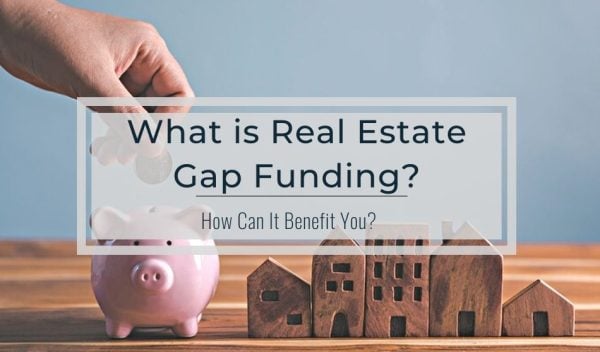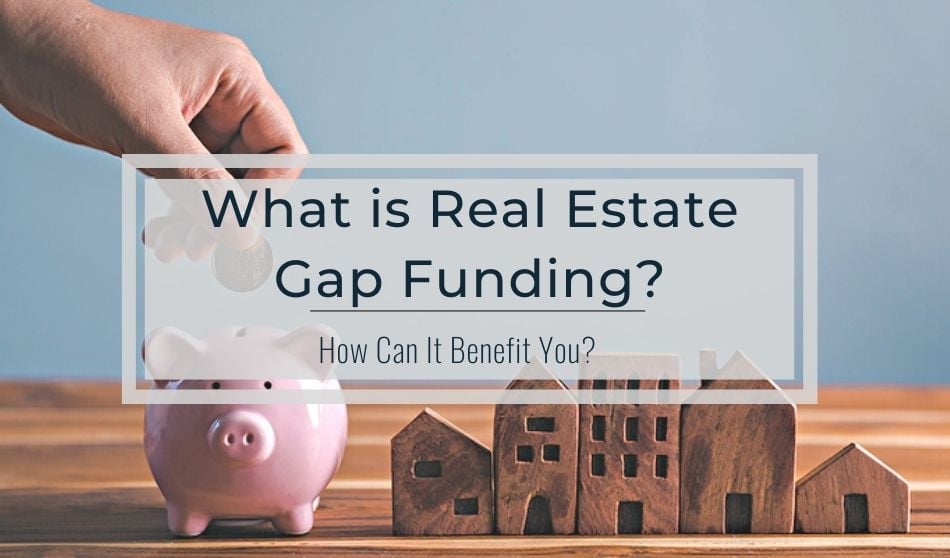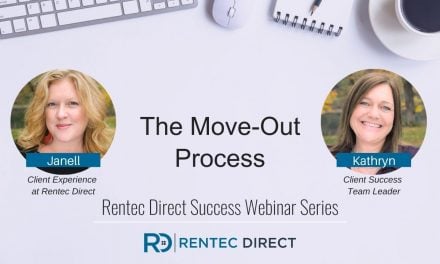
Gap funding — also known as a bridge loan — can be an invaluable tool for real estate investors who don’t quite have enough cash on hand to cover all their expenses and obligations. In a lot of cases, gap funding can be the difference between closing on a great investment opportunity and having to watch another investor snatch it up.
But gap funding isn’t cheap, and it’s not without its risks. Let’s touch on what gap funding is, why it’s sometimes necessary, the pros and cons of gap funding, and who can most benefit from gap funding.
What is Gap Funding?
Gap funding is a private loan that covers the “gap” between the hard money loan and the total cost of the project — which can include everything from the actual rehabbing and renovating, marketing the finished property, carrying costs, and selling the rehabbed home.
Gap loans usually come with higher interest rates than hard money loans since they’re exposed to more risk. The hard money lender has the first lien position on the property, which means that they get paid first; the gap lender has the second position. If the project fails and the house is foreclosed, the gap lender may not get paid at all. Some gap lenders may even ask for a share of the deal’s profits.
While gap funding can be a huge difference-maker for smaller investors, it’s a great tool for advanced investors, too. Investors who have all their capital tied up in multiple projects at various stages of completion often can’t afford to wait until the sale of one of these projects frees up money for subsequent investment. Gap funding can let them seamlessly continue their investment cycle.
Why is Gap Funding Necessary?
When real estate investors find a great investment opportunity — for example, a house that can be rapidly renovated and then flipped for a big profit — they don’t go to the bank for a traditional mortgage. It’s not worth the time and expense, considering they would have to turn it around in a matter of months and sell the house with a mortgage attached. Getting a traditional mortgage can take months, and banks have a pretty high bar for who gets a mortgage. Investors need to move fast and may not even have the financials to get approved for a traditional bank loan.
House flippers tend to use hard money loans for their investments. Hard money loans are private loans for investment properties, usually from cash-rich individuals. Since they’re a private loan, they don’t come with a ton of paperwork, and the money can hit an investor’s account in as little as a week.
But there’s a catch: hard money loans have very high-interest rates — up to 20%, which is far higher than average. On top of that, they rarely cover the entire cost of the acquisition and rehab. Hard money lenders want the investor to invest some of their cash in the project, so they have “skin in the game” (this is the same reason that banks want residential buyers to put 20% down). So most hard money loans only cover around 70% of the total project cost.
However, many investors may not have free cash sitting around that they can put into the project, or they may simply not want to invest their own money. This is where gap funding comes in.
Who Can Benefit from Gap Funding?
On a basic level, gap funding is just a quick, easy real estate loan (albeit an expensive one), so it can be a valuable tool for a lot of different types of investors, whether they’re flipping houses or using the BRRRR method (Buy, Rehab, Rent, Refinance, Repeat).
A House Flipper
As we’ve touched on, gap funding can be a vital tool for a house flipper, as hard money loans usually only cover around three-quarters (or less) of the total project cost. Gap funding can finance the rehab-and-renovate phase of the investment, including the carrying costs while the investor markets and resells the property.
Learn more: Buying a Rental Property vs. Fix and Flip – Which is Better?
A Short-Term Hold
Gap funding can enable a landlord or investor to put down a deposit on a big investment while they’re waiting for long-term financing to come through. Similarly, gap funding can be great for investors who want to make a serious, fully-backed bid on a property at auction.
A Landlord in Distress
If an investor-owned property is teetering on the brink of foreclosure or is at risk due to court judgments or past-due liens, gap funding can be a quick way to get the property out of trouble and secure it.
What are the Pros and Cons of Gap Funding?
Gap funding can be a useful and even necessary financial tool for real estate investors. However, it comes with very distinct advantages and disadvantages. Let’s look at some of those pros and cons.
Pros
Fast and Accessible
Unlike a traditional bank mortgage which takes months to close and requires a ton of paperwork, gap funding can come through in a matter of days with very little analysis other than a look at the profit potential of the project.
A Difference Maker
Considering that hard money loans only cover around 70% of a house-flipping project, gap funding is often the difference between taking advantage of an investment opportunity and having to pass because of insufficient funding.
It’s Outside Money
Even though gap funding can be expensive, a lot of real estate investors only like to undertake investments using “other people’s money,” so they can maintain a liquid position. Gap funding can enable them to do that.
Cons
It’s Expensive
Gap funding can be very expensive — usually around a full percentage point more expensive than hard money loans. Interest rates on gap funding can sometimes top 10%, though keep in mind it’s an “interest only” loan, meaning that the borrower only pays interest over the term of the loan, and then pays back the entire principal at the end.
It’s Not Ideal for the Small House-Flipper
Gap funding comes with a lot of added fees, such as administration, appraisal, escrow, origination, and notary fees, among others. For larger-scale investors who have multiple projects moving through the pipeline, those costs are less impactful. For the investor flipping a single house, they could be prohibitive. Small-scale house flippers need to keep their costs down as much as possible, taking measures like using discount real estate agents, and doing some of the renovation work themselves.
Gap Lenders May Ask for a Share of the Profits
While this term isn’t standard, some gap lenders will want to be repaid and receive a percentage of the net profits, once the project is complete. This could severely cut into an investor’s profit margins, so be wary if your gap lender proposes this type of deal.






